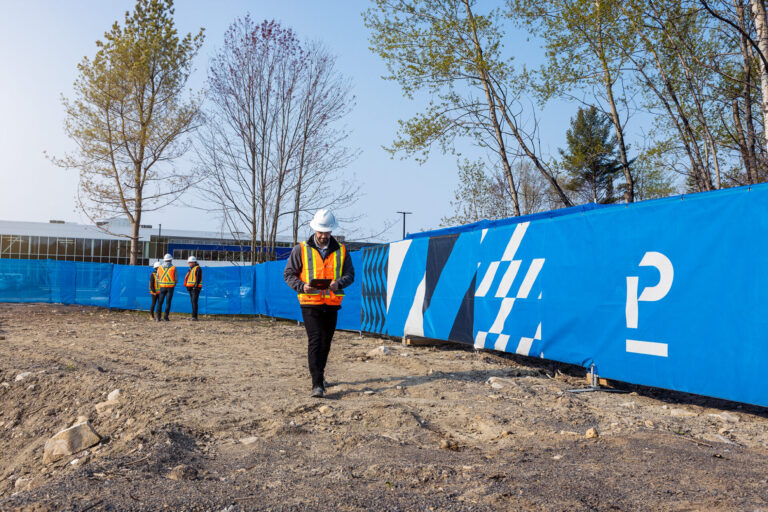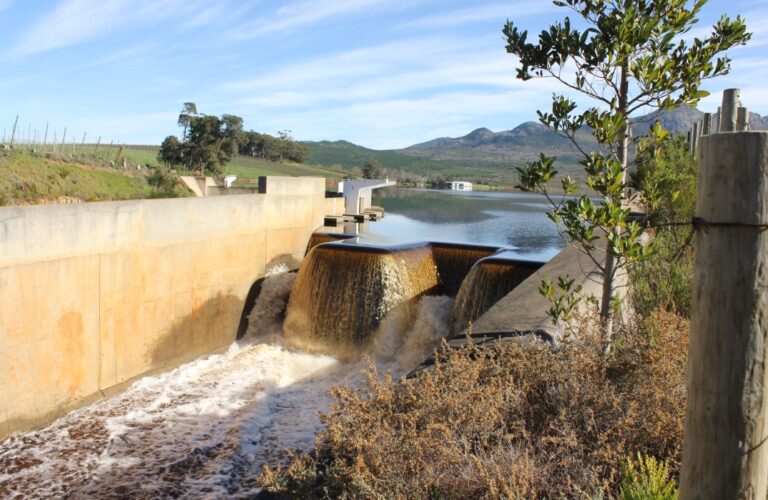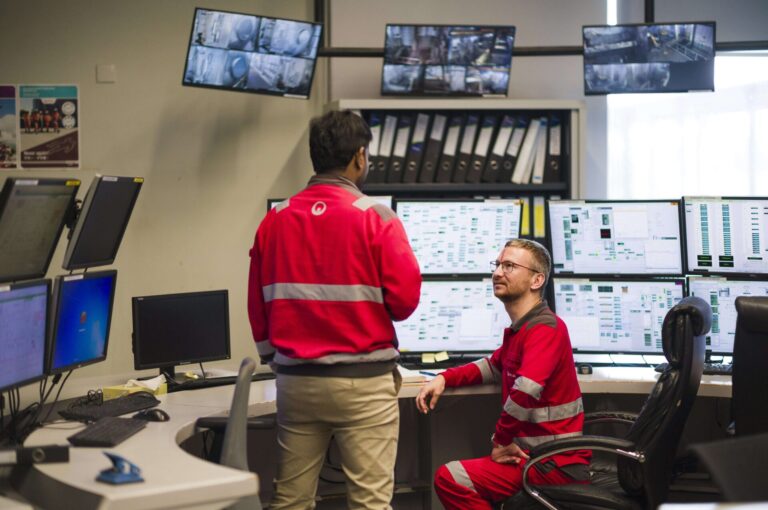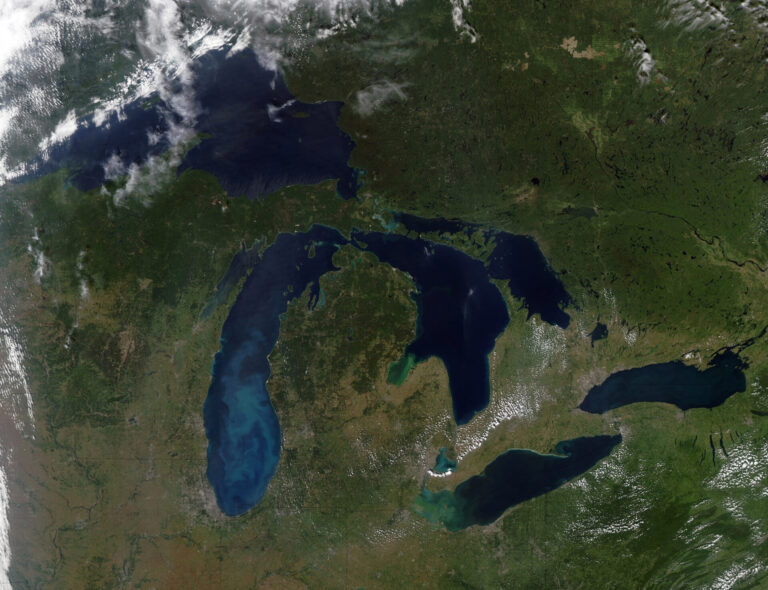Increasing Fertilizer Demand Helps Offset Biosolids Management Costs
Lystek’s core business involves the diversion and processing of biosolids and organics into a range of value-added products including the marketing and sales of LysteGroⓇ. LysteGro, Lystek’s cornerstone product, is a Class A quality, high solid, liquid biofertilizer that is registered as a fertilizer with the Canadian Food Inspection Agency (CFIA) and is in high demand from the agricultural sector. The product also meets the US EPA’s Class A quality standards and is registered as a bulk mineral fertilizer with the California Department of Food and Agriculture (CDFA). This translates into excellent marketability and opportunities for revenue sharing arrangements with our customers. Lystek is excited to share that they have responsibly managed and sold over 1 million tons of LysteGro as of the end of 2019. The revenues generated from these programs has been used to help offset traditional biosolids program management costs.
Lystek leverages its low-temperature Thermal Hydrolysis Process (Lystek THP®) and value-added service offerings to manage the requirements of over 40 generators of biosolids and organic residuals across North America. Solutions are provided via our numerous in-plant deployments and two large regional processing centers in Ontario, Canada, and California, US. Each regional facility has an annual processing capacity of 150,000 tons per year and the collective of all Lystek-enabled treatment plants now totals over 395,000 tons annually. As part of their unique approach to residuals management, Lystek has been providing full-service resource recovery, facility optimization, and product management services to the sector since 2012.
Lystek has built a strong and growing market for LysteGro fertilizer produced at their large, regional Organic Material Recovery Center. Demand has steadily outpaced supply since the program began in 2013 driving LysteGro fertilizer prices up by more than 300%. This rising market price has led to farmers adopting innovative practices, such as variable rate application, strategic placement of the product relative to the planted seed, and side dressing into established corn, which all utilize LysteGro to its greatest value.
This rising market price and fertilizer demand has been demonstrated across their in-plant installations as well. For example, Lystek has built a strong program and growing market for LysteGro generated in the Town of Elora (Township of Centre Wellington), Ontario, selling 100% of the product to local farmers since the program officially launched in 2016. This program focuses on producing a high quality, federally registered fertilizer product that Lystek markets to area farmers as a service to the utility. Growing demand for LysteGro has led to steadily increasing product prices and, due to the revenue sharing model between Centre Wellington and Lystek, returns have outpaced inflation and reduced the municipality’s biosolids management costs in recent years. By the third application season, the customer saw a decrease in program costs. This locally generated nutrient amendment provides affordable and innovative resource recovery benefits to the utility, while also creating a valued product for local farmers – helping to close the nutrient cycling loop locally with a community-based fertilizer program.
“It is showing to be a highly valued product in our area, and, as proof of that, our revenue sharing returns have reduced our biosolids management fees. That’s a real game changer,” says John den Hoed, Supervisor of Wastewater Services for the Township of Centre Wellington.
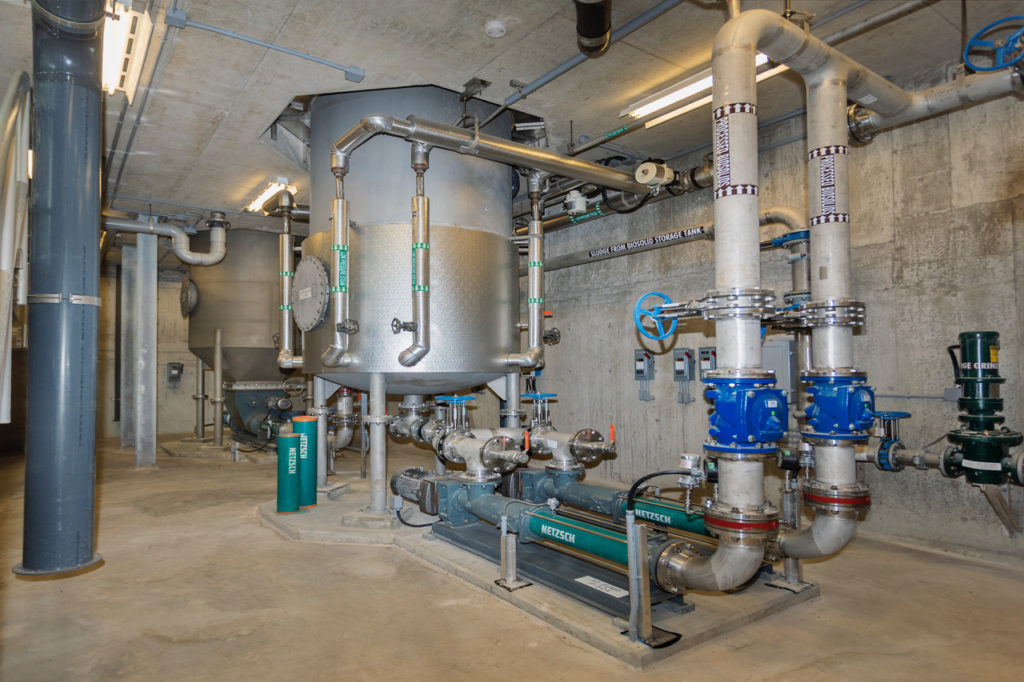
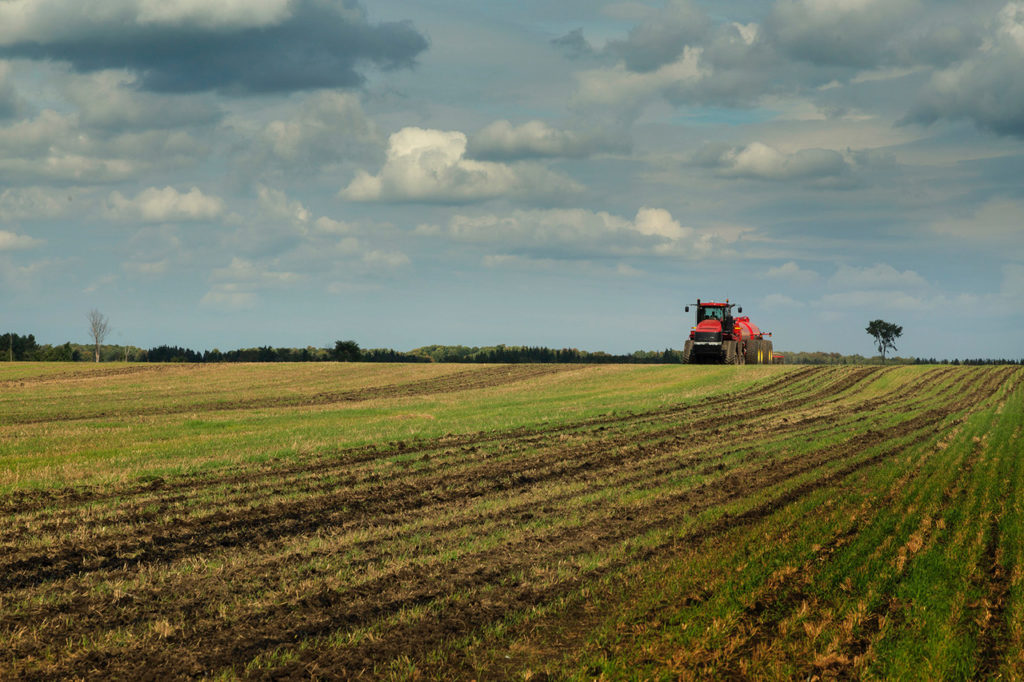
One of the key factors to the success of these programs has been the company’s participation in third party agronomic trials and adoption of best management practices to demonstrate the effectiveness of LysteGro, both as a replacement for commercial fertilizer and as a sustainable means to build soil health. Even with increasing market prices and some revenue sharing to help offset management costs, the farmer is still receiving great value for the product, which has a high concentration of NPK as well as micronutrients and organic matter. Based on comparative pricing, to realize the total NPK equivalent in purchased commercial fertilizer, the cost would be approximately three times the current market price of LysteGro.
“Populations continue to grow, and the resources required to make chemical fertilizers are being depleted. That is why the demand for responsible and affordable technology and practical solutions, including products like LysteGro, will continue to increase over time. At the same time, regulations around landfill diversion for organics are getting more stringent across North America and around the globe,” says Kurt Meyer, President of Lystek International. “We are proud to offer solutions that eliminate “waste” while contributing to the health and growth of the circular economy.”



